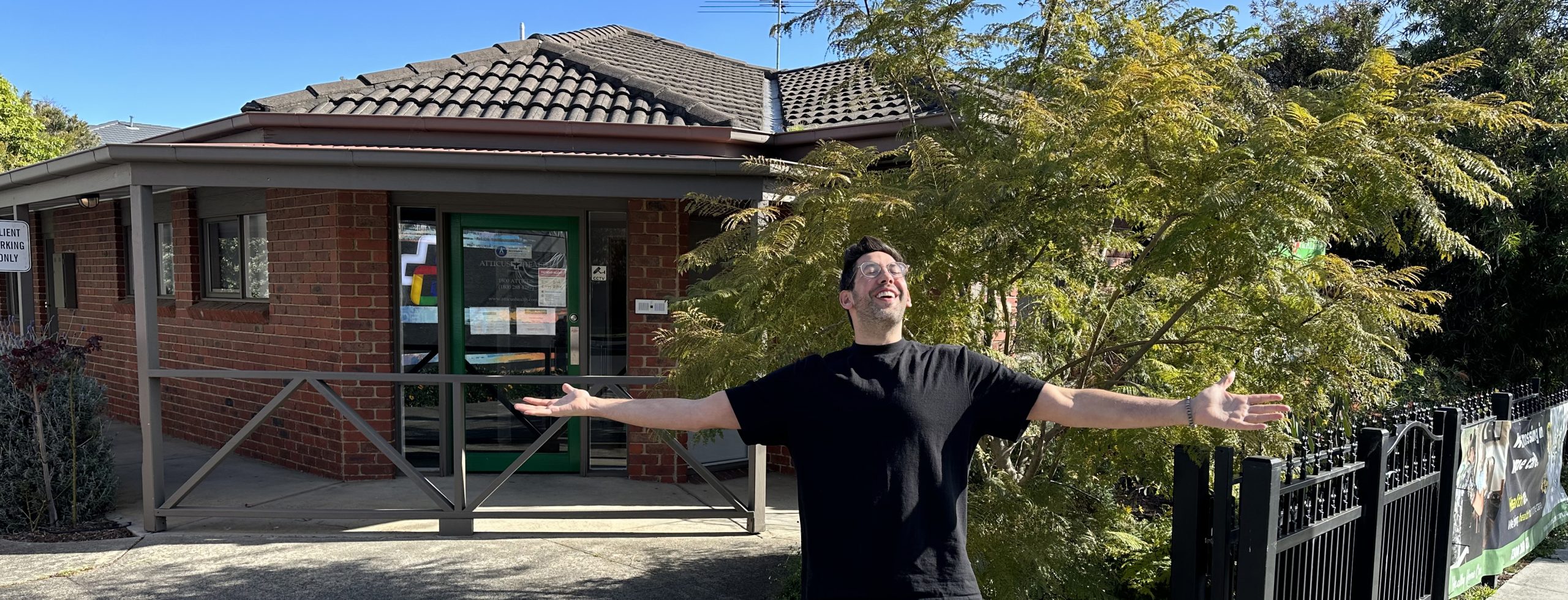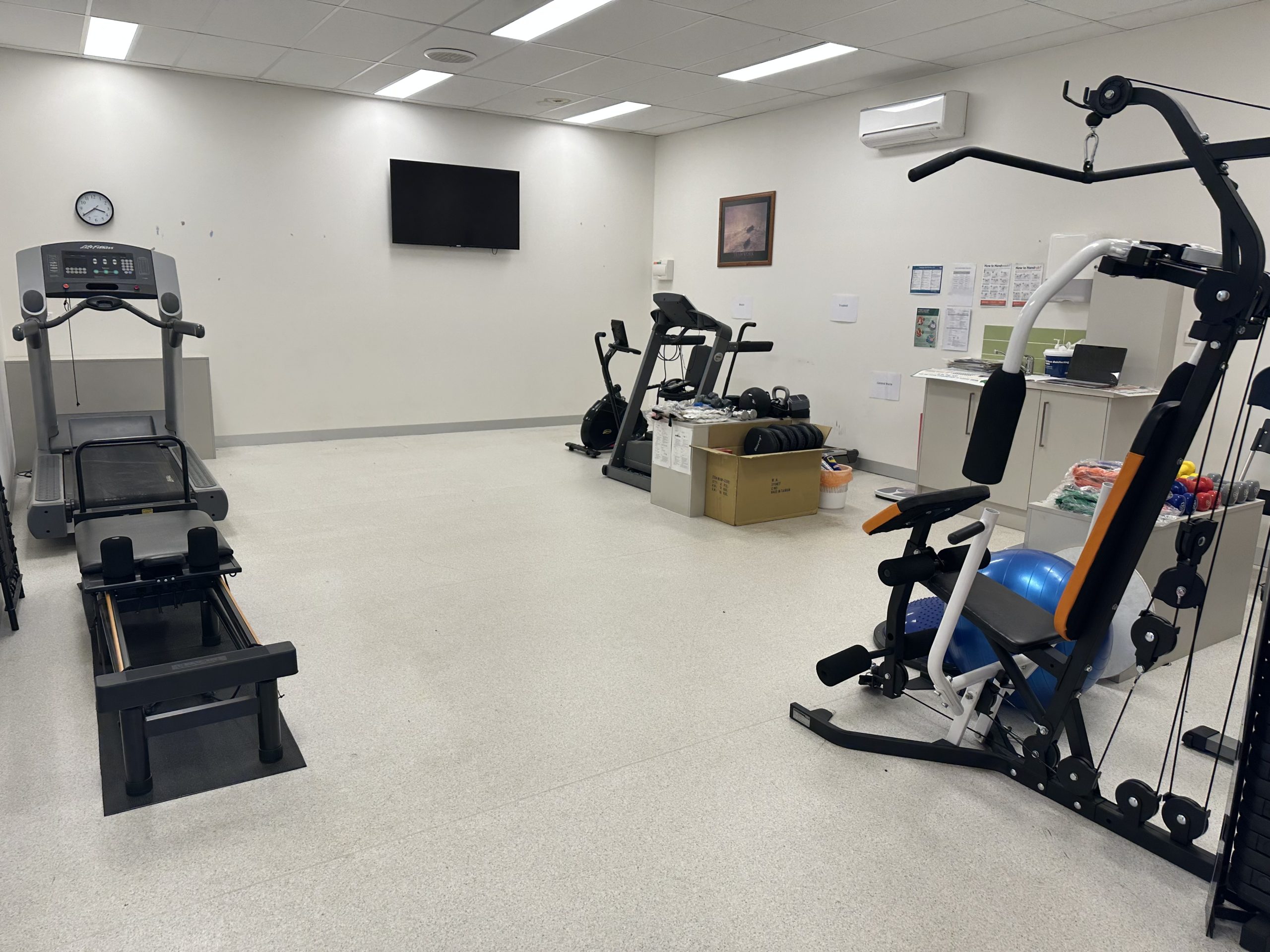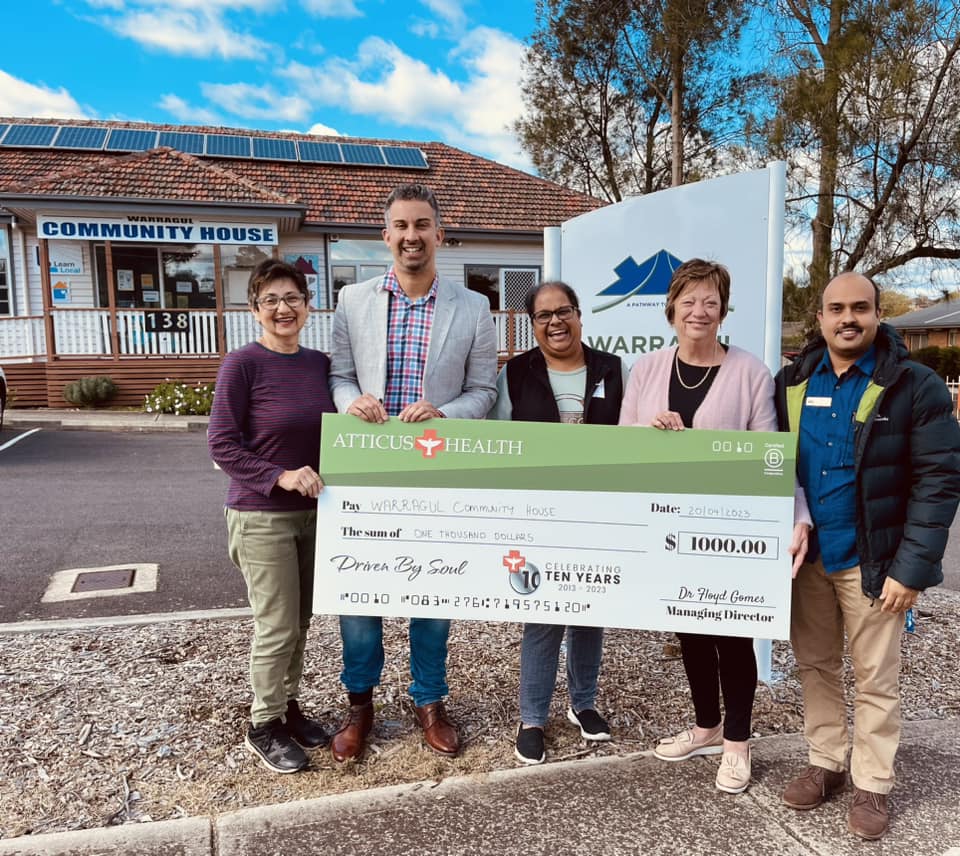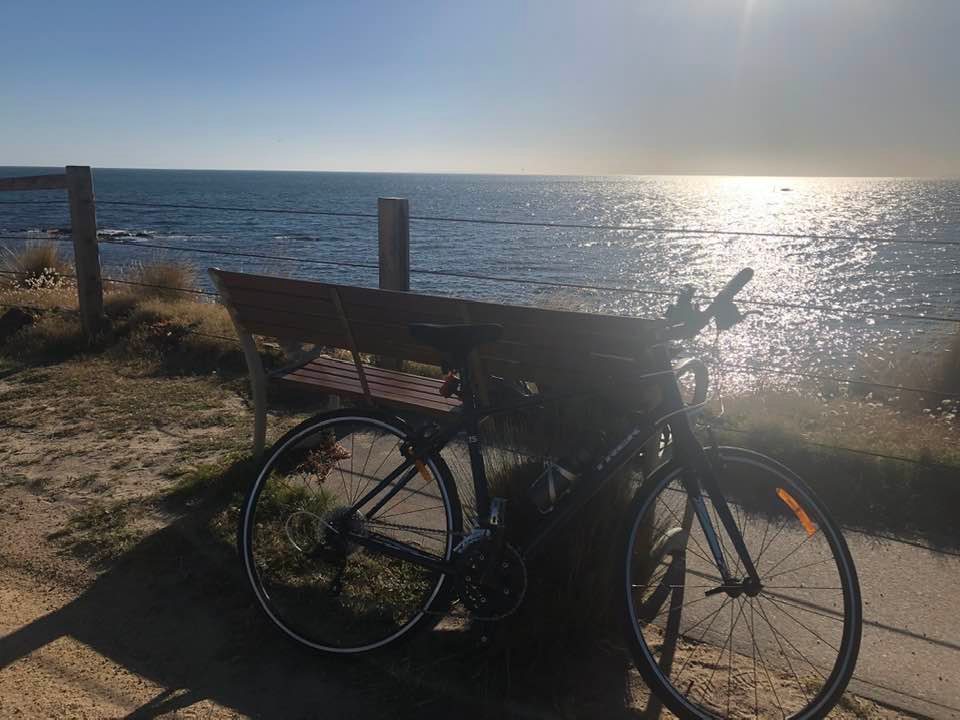I love to see early blossoms that hint of Spring being around the corner. Spring is in the air! Just before you get out there to enjoy, take a moment to consider the health of your bones.
Your bones are basically the framework of your body, and your spine is akin to the mast of a ship. Therefore, it’s really important to keep your bones strong and not take them for granted.
How?
Like many things, it’s about lifestyle. Diet and exercise. In this case, we all know that calcium is great for strong bones. So, let’s talk about calcium for a moment, then we’ll discuss the importance of vitamin D.
How much calcium do I need?
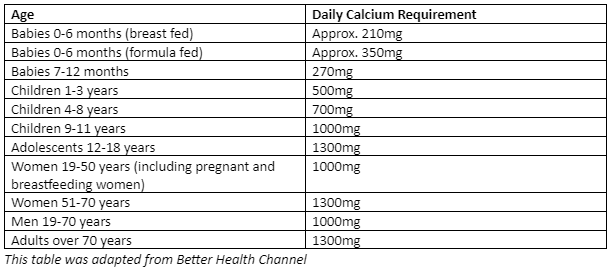
What foods have calcium?
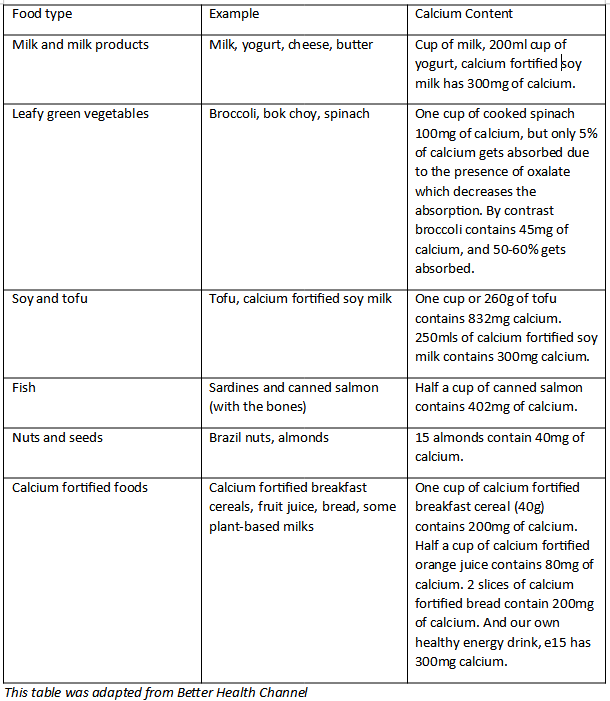
Did you know?
- 73% of females in Australia consume less calcium than recommended.
- 51% of males in Australia consume less calcium than recommended.
Should I take a supplement?
Generally, if you can get the adequate amount of calcium from your diet, you should do that. Otherwise, consider a supplement. Some people have conditions that may reduce the absorption of calcium from their diet, such as coeliac and kidney disease, and may benefit from supplements.
If you take a calcium supplement, don’t overdo it. Taking too much calcium can lead to gastrointestinal upsets such as bloating and constipation, as well as kidney stones. In fact, one study in 2010 found that having 2400mg calcium a day, including with supplements, was linked to heart disease, especially in older women.
In general, you should stick to calcium supplementation of 500 – 600mg per day. This is safe and effective at reducing fractures.
What other lifestyle factors reduce calcium levels?
- High salt diet
- Excessive alcohol
- Excessive caffeine (greater than 6 cups of coffee, cola or energy drinks per day)
- Low physical activity
- Low vitamin D levels
- Smoking
- Very high intakes of fibre (greater than 50g per day, from wheat bran)
VITAMIN D
Vitamin D is a hormone needed for strong bones, strong muscles and overall health. Regular physical activity and being outdoors help to increase vitamin D.
When your skin is exposed to sunlight, it produces vitamin D from cholesterol. Yet UV radiation from the sun also causes skin cancer, so there needs to be a balance. Vitamin D levels therefore tend to change with the seasons. From May to mid-August, UV levels in Victoria are low (below 3). During this time, sun protection is usually not needed, unless you’re outside a lot. From mid-August to April, UV levels in Victoria are high (above 3) and so sun protection is needed (clothing, hats, sunscreen, sunglasses). These protective methods, during these months, do not generally put you at increased risk of low vitamin D. It is also important to note that the body can only produce a certain amount of vitamin D at a time, so spending extra time outdoors may not always increase your vitamin D level. So, the conclusion – excessive exposure to UV radiation is never recommended, even for people with vitamin D deficiency.
Some foods do contain vitamin D. However, in general only 5-10% of your daily requirement is generally able to be achieved from your diet. Food sources of vitamin D include:
- Fatty fish
- Eggs
- Margarine
- Milks fortified with vitamin D, cereals fortified with vitamin D, margarine (and e15!)
Vitamin D supplements
If you have low vitamin D or are at risk, then your doctor may recommend a supplement. It may be worthwhile checking your vitamin D level then deciding whether to take a supplement.
Osteoporosis
This is a condition where your bones lose calcium and become fragile and less dense. This means that you are more likely to break a bone, especially if you fall over.
You may not know you have osteoporosis, until you get a bone fracture. Sometimes you may just get back pain, particularly in your upper or mid back (thoracic spine). This could come for no reason since your vertebrae can just crumble spontaneously (compression fracture) when you have osteoporosis. Decreased bone density tends to occur naturally with age, especially for women after menopause.
Risk factors for osteoporosis include:
- Older age
- Being female
- Early menopause (before age 45)
- A family history of osteoporosis or hip fractures
- Some diseases such as hyperthyroidism
- Some medicines such as cancer treatments and corticosteroids
Who should be screened for osteoporosis with a bone mineral density scan?
- Anyone over the age of 70 years should have a bone mineral density scan at least every 5 years
- People who have had decreased bone mineral density on a previous scan
- People with conditions such as kidney disease, thyroid disease, rheumatoid arthritis or liver disease
- People who take particular medications such as corticosteroids (e.g., prednisolone)
Overall, at Atticus Health, we want all our patients’ bones to be strong, particularly as we head into the warmer months of the year (yay!) when people get more active. If you’re not sure about your vitamin D level or whether you’re getting enough calcium in your diet, come in and talk to your doctor.
Older patients, especially those over 70, should consider their risk of osteoporosis and see their GP to organise a bone mineral density test if they haven’t had one in the last 5 years.
